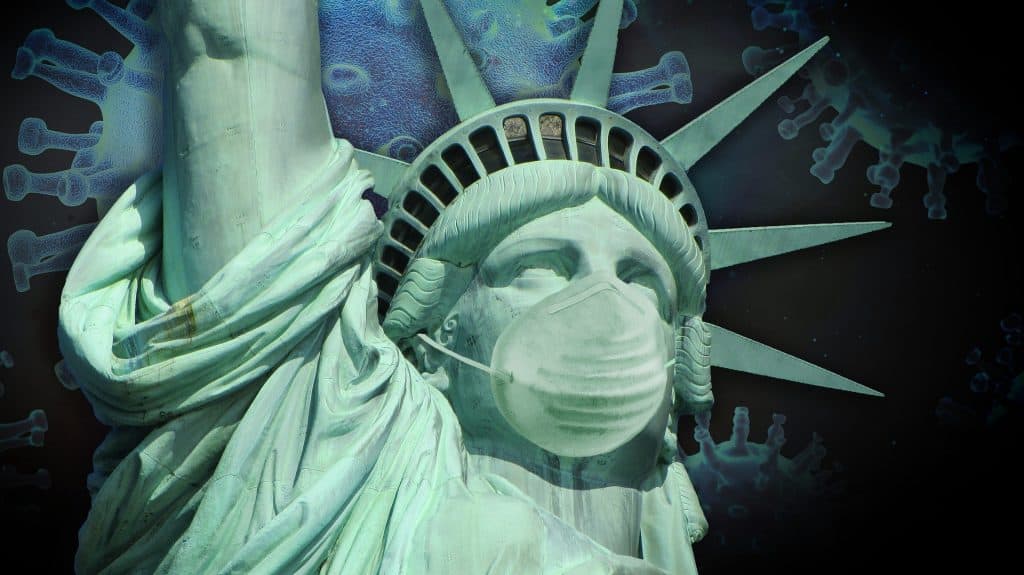Volvo set out to better understand how perceptions of its core pillar, safety, were changing in the midst of unprecedented behavioral shifts driven by COVID-19. Volvo also explored the changing nature of Americans’ daily commuting routines and the heightened roles vehicles serve today, along with the features people want to see implemented in cars of the future. The full results are published in Volvo Reports: Safety First: The Evolution of Driving and Mobility in 2020, the latest in a series of Volvo Reports from Volvo Car USA and The Harris Poll.
“As a brand with a deep-rooted legacy in safety, it was critical for us to uncover how Americans are rethinking their approach to safe behavior, both on-and-off the road,” said Jim Nichols, Sr. Product and Technology Communications Manager, Volvo Car USA. “These findings confirm that safety is more important than ever to Americans in the wake of the pandemic.”
Safety takes on new meaning:
The concept of “safety” has taken on new meaning and added importance in an increasingly complicated world. Americans are re-evaluating their relationships with the outside world, and many are looking at their cars and homes to provide secure protection. For example:
- 82% believe “safety” has a broader definition now than it did just six months ago.
- Even after the pandemic ends, most expect to continue using personal vehicles more, while a similar percentage say they plan to use less public transportation (50%) and shared riding services (47%).
- Cars and homes are perceived as the safest spaces right now, with many looking to upgrade them to be more accommodating – especially younger Americans.
- Two-thirds (65%) of those under 40-years-old either have bought or are considering buying a car due to COVID-19.
- Drivers are also more likely to seek vehicle brands that are trustworthy (84%) and known for safety (81%) during this time, while transitioning away from buying “flashy” cars, as 67% cite it is not tasteful in the current economic climate.
- Two-thirds (63%) say they would pay more of a premium for vehicle safety today than they would a year ago.
The role of cars during the pandemic:
While the daily commute was once a source of stress for drivers, stay-at-home mandates and prolonged periods working from home have changed this dynamic. Cars are now serving new and different roles for Americans with nearly 8 in 10 even calling them a “lifeline” during the pandemic (78%).
- Americans are relying on their cars as an “escape” from the weight of what has been a difficult year – but are doing so in a variety of ways.
- 63% report that driving helps them relieve stress – including 3 in 4 millennials (75%).
- More than half of new parents (55%) have used their car as an “alone zone.”
- Commuting stress has decreased by 20% compared to 2018, with many eliminating this time altogether. Ironically, two-thirds now actually miss something about the commute (67%).
- Nearly half of millennials (46%) miss having this time to themselves every day, while 48% of Gen Z commuters miss having the opportunity to listen to music or a podcast.
- Alternatively, more than half of Boomers do not miss anything about commuting (53%).
Rise in distracted and reckless driving:
Even with fewer cars on the road, reckless and distracted driving are still major concerns. The National Highway Traffic Safety Administration recently reported a 29% increase in traffic accident death per miles travelled in 2020.[1] Emptier roads have led to a surge in speeding, while the effects of the COVID-19 pandemic have driven new stresses and distractions for all.
- Most Americans (77%) report they are just as or more comfortable speeding when fewer drivers are on the road, while some (40%) admit it is tempting to speed or drive recklessly given the decrease in traffic volume.
- Millennial and Gen Z drivers are struggling the most to find focus, with two-thirds saying they have been more distracted behind the wheel due to the pandemic (67%).
- Similarly, parents are being uniquely challenged during this time, where 1 in 3 cite COVID-19-related driving distractions, like trying to help a child with virtual school while being the wheel – which 15% admit doing.
- Interestingly, half of drivers (46%) say they wear a mask behind the wheel, including a majority of men (51%) and Gen Z (59%).
Americans looking for new types of vehicle “safety” features:
Given a renewed dependency on cars for both protection and escape, Americans have expressed an appetite for new built-in safety features that address health and safety post-pandemic.
- Drivers’ wish list for in-car offerings include an air conditioner with built-in germ filtering (53%) and sanitization procedures incorporated within the standard maintenance package (52%).
- People are also looking for ways to make items like masks, sanitizer, and disinfectant more accessible. Examples of innovations consumers crave include having a phone sanitizer in the console or a designated place to store a mask in the car (43%).
Volvo Cars has long been the leader in vehicle safety, driving decades of “world-first” innovations including the three-point safety belt. Invented in 1959, Volvo released its patent on the invention in the name of safety, with the seat belt now credited in saving more than one million lives. It remains the most critical safety feature in today’s cars.
